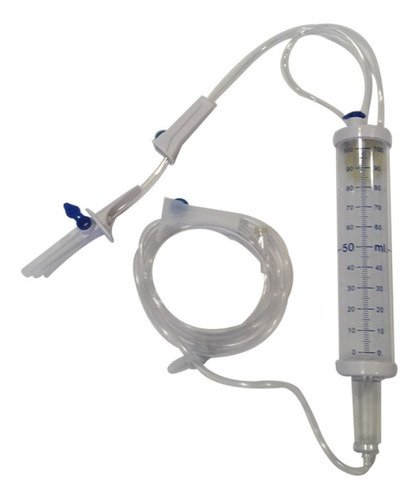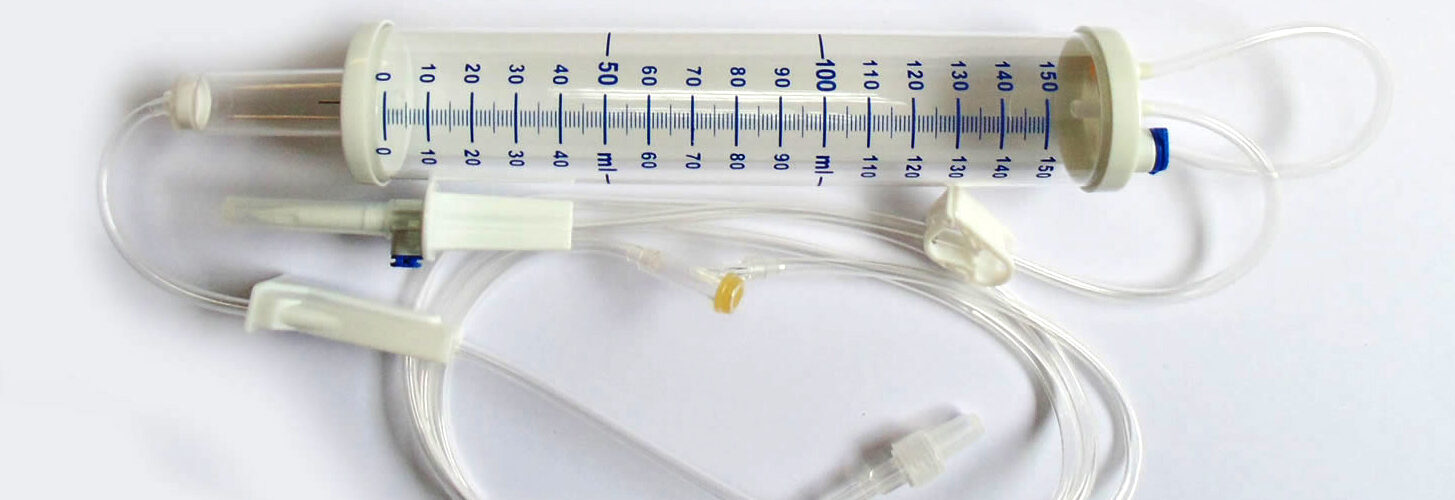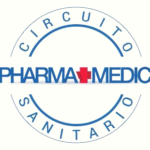The macro-drip and micro-drip are widely used in intravenous fluid therapy, to deliver measured amounts of solutions at specific flow rates, based on the size of the solution droplets.
The medical field uses precise devices. These ensure controlled fluid administration. The macro-drip and micro-drip are essential.
What is a Macro-Drip in Medicine?
The macro-drip is an infusion device. It administers solutions in larger drops. It allows for a faster flow of fluids.
How a Medical Macro-Drip Works
The macro-drip has a drip chamber. The drops form and fall at a specific rate. This rate determines the infusion rate.
Applications of the Medical Macro-Drip
The macro-drip is used for rapid hydration. It is also used for administering large volumes. It is useful in emergency situations.
Advantages of the Medical Macro-Drip
The macro-drip allows for rapid infusions. It facilitates the administration of large volumes. It is relatively simple to use.
Disadvantages of the Medical Macro-Drip
The macro-drip offers less precise flow. It is not ideal for administering small volumes. Rate control may be less precise.
Fundamentals of Intravenous Fluid Therapy
Intravenous fluid therapy is vital. It allows for the direct administration of solutions. It ensures effective hydration and medication.
What is a Micro-Drip in Medicine?
The micro-drip is another infusion device. It administers solutions in smaller droplets. It allows for precise flow control.
How a Medical Micro-Drip Works
The micro-drip also has a drip chamber. The droplets formed are much smaller. This ensures a slow and controlled infusion rate.

Applications of a Medical Micro-Drip
The micro-drip is crucial in neonatology, as well as in pediatrics and geriatrics. It allows for the safe administration of small volumes.
Advantages of a Medical Micro-Drip
The micro-drip offers high flow precision. It is ideal for administering small volumes and allows for tight control of the infusion rate.
Disadvantages of a Medical Micro-Drip
The micro-drip requires more time to administer large volumes. It may be less suitable in emergencies. The slow flow rate can be limiting.
Key Differences Between a Macro-Drip and a Medical Micro-Drip
- Droplet size is a crucial difference. The macro dropper generates large drops. The micro dropper produces small drops.
- The infusion rate also varies significantly. The macro dropper allows for a faster flow rate. The micro dropper ensures a slow, steady flow rate.
- Accuracy of administration is another key consideration. The micro dropper offers greater precision in the infused volume. The macro dropper is less precise with small volumes.
- The total volume to be infused influences the choice. Large volumes are best administered with a macro dropper. Small volumes require a micro dropper.
- Infusion time is a determining factor. Rapid infusions use a macro dropper. Slow and prolonged infusions use a micro dropper.
- Patient type is an important consideration. Adults can tolerate a macro dropper. Neonates and pediatric patients require a micro dropper.
- The type of medication also influences the effect. Medications that require slow administration use a micro-dropper. Rapid hydration solutions can use a macro-dropper.
The patient’s clinical condition is relevant. Stable patients can receive slow infusions. Critically ill patients may require rapid infusions.
The equipment available in the medical setting is a factor. The availability of both types of devices is important. It allows treatment to be tailored to the patient’s needs.
The experience of the nursing staff is crucial. Knowledge of the proper use of each device is vital. It ensures safe and effective administration.
Criteria for Selecting an Infusion Device
Evaluating the total volume to be infused is essential. Determine the amount of solution needed for the patient. Choose the appropriate device for that volume.
Considering the required infusion rate is important. Determine how quickly the solution should be administered. Select the device that allows for that rate.
Analyzing the patient’s clinical condition is necessary. Evaluate the patient’s stability and specific needs. Adapt the device to their situation.
Assessing the patient’s age and weight is essential. Neonates and pediatric patients require a micro-dropper. Adults can use a macro-dropper in certain cases.
Considering the type of medication to be administered is crucial. Some drugs require slow, controlled infusions. Others can be administered more quickly.
Analyzing device availability is important. Ensure you have the necessary macro- or micro-dropper. Avoid delays in treatment.
Evaluating staff experience is necessary. Ensure staff are trained in the use of both devices. Ensure safe administration.
Considering the required precision in administration is essential. In some cases, precision is critical. The micro-drip is the best option in these cases.
Analyzing the expected duration of the infusion is important. Long infusions may require precise flow control. The micro-drip is ideal for this.
Following clinical protocols and guidelines is crucial. Ensure the choice of device is based on scientific evidence. Ensure patient safety.

Maintenance and Safety of Infusion Devices
- Visual inspection before use is essential.
- Check the integrity of the packaging and device.
- Ensure there is no damage or leaks.
- Correct connection to the intravenous catheter is important.
- Ensure the connection is secure and leak-free.
- Prevent incorrect administration.
- Proper flow regulation is crucial.
- Use clamps or flow control systems.
- Ensure the prescribed infusion rate.
- Constant monitoring of the insertion site is necessary.
- Detect signs of infiltration or phlebitis.
- Prevent local complications.
- Timely change of infusion equipment is essential.
- Follow institutional protocols for replacement.
- Prevent catheter-associated infections.
- Correct disposal of disposable materials is important.
- Follow biosafety standards to avoid risks.
- Protect staff and the environment.
- Accurate documentation of the procedure is crucial.
- Record the type of device, the solution infused, and the rate.
- Facilitate treatment follow-up.
- Ongoing staff training is necessary.
- Update knowledge on device use and maintenance.
- Improve patient safety.
- Clear identification of infusion lines is important.
- Label the lines to avoid administration errors. Ensure proper infusion.
- The use of infusion pumps with micro-drippers can improve accuracy. These devices electronically control the flow rate.
- They optimize the administration of small volumes.
Calculating the drip rate of a macro-drip and micro-drip
The macro-drip infusion system can deliver volumes of solution greater than 75 milliliters per hour to the patient, so it is best used for conditions requiring the administration of a larger amount of solution with a high drip rate. Each patient requires a different volume of solution or administration time, which is why various formulas have been established that can be used to calculate the drip rate. The first important thing is to calculate the drip rate of the equipment we will be using, which varies depending on its calibration mode.
The formula for the rate is: 60/number of drops per ml according to the equipment’s calibration.
For example, if a device is calibrated to deliver 20 drops per 1 ml or cc, then it would be:
60/20 = 3 constant
A practical example would be: if we need to administer 500 ml of solution to a patient over 5 hours, how many drops per minute should be administered using a macro dripper?
500 ml (volume) / 3 (constant) x 5 (hours) = 33.33, or 34 drops per minute.
Micro-drip are widely used in medicine and are often part of the most common medical equipment. We could define them as a cylinder, usually made of plastic, containing a diluted medication that is administered intravenously, usually to people requiring treatment. They are used to administer relatively small, precise amounts of intravenous solutions at a specific flow rate. Micro drippers are typically used to deliver small volumes of solution over extended periods of time, so they can be used continuously. In the microdropper, 60 microdrops are equivalent to 1 ml of solution.

Innovations in Intravenous Fluid Therapy Devices
Smart infusion systems are under development. They use sensors and algorithms to optimize administration. They adjust the flow rate according to the patient’s needs.
Devices with integrated alarms improve safety. They alert about occlusions, leaks, or incorrect flow. They allow for early intervention.
Biocompatible materials reduce the risk of adverse reactions. They minimize irritation and inflammation at the insertion site. They improve patient tolerance.
Closed infusion systems reduce the risk of contamination. They protect the solution and the system from environmental exposure. They prevent infection.
Portable devices facilitate patient mobility. They allow fluid administration outside the hospital setting. They improve quality of life.
Integration with clinical information systems improves management. They allow electronic monitoring of fluid administration. They facilitate decision-making.
Devices with integrated filters protect the patient. They retain particles and microorganisms present in the solution. They reduce the risk of infection. The development of smaller, more precise microdrips is ongoing. This improves administration in neonates and patients with difficult venous access and increases safety.
Telemonitoring of infusions allows for remote monitoring. Healthcare professionals can supervise administration remotely. This improves home care.
Personalization of infusion therapy is a trend. Devices that adapt to the individual needs of each patient optimize treatment outcomes.
Conclusion
The Vital Importance of the Macro-drip and Micro-drip
The macrodrip and microdrip are essential tools. They play distinct but complementary roles and ensure effective intravenous fluid therapy.
The macrodrip is invaluable in situations requiring rapid administration. It allows for the efficient administration of large volumes. It is essential in resuscitation and rapid hydration.
The microdrip offers precision and safety in administration. It is crucial in vulnerable populations and those on sensitive medications. It ensures strict flow control.
The appropriate choice between the two devices is critical. It directly impacts the safety and efficacy of the treatment. It requires a thorough understanding of its characteristics.
Essential! Master the infusion: Macro- and Micro-drippers save lives.
Learn about your new Pharmamedic digital medical center.
I invite you to read another interesting article:
Nanotechnology: 11 Brilliant Achievements
Font:
https://es.kmedhealth.com/articles-in-spanish/macrogoteo-y-microgoteo.html
https://enfermagemilustrada.com/equipo-macrogoteo-y-microgoteo-las-diferencias/
https://enfermagemilustrada.com/equipo-macrogoteo-y-microgoteo-las-diferencias/









